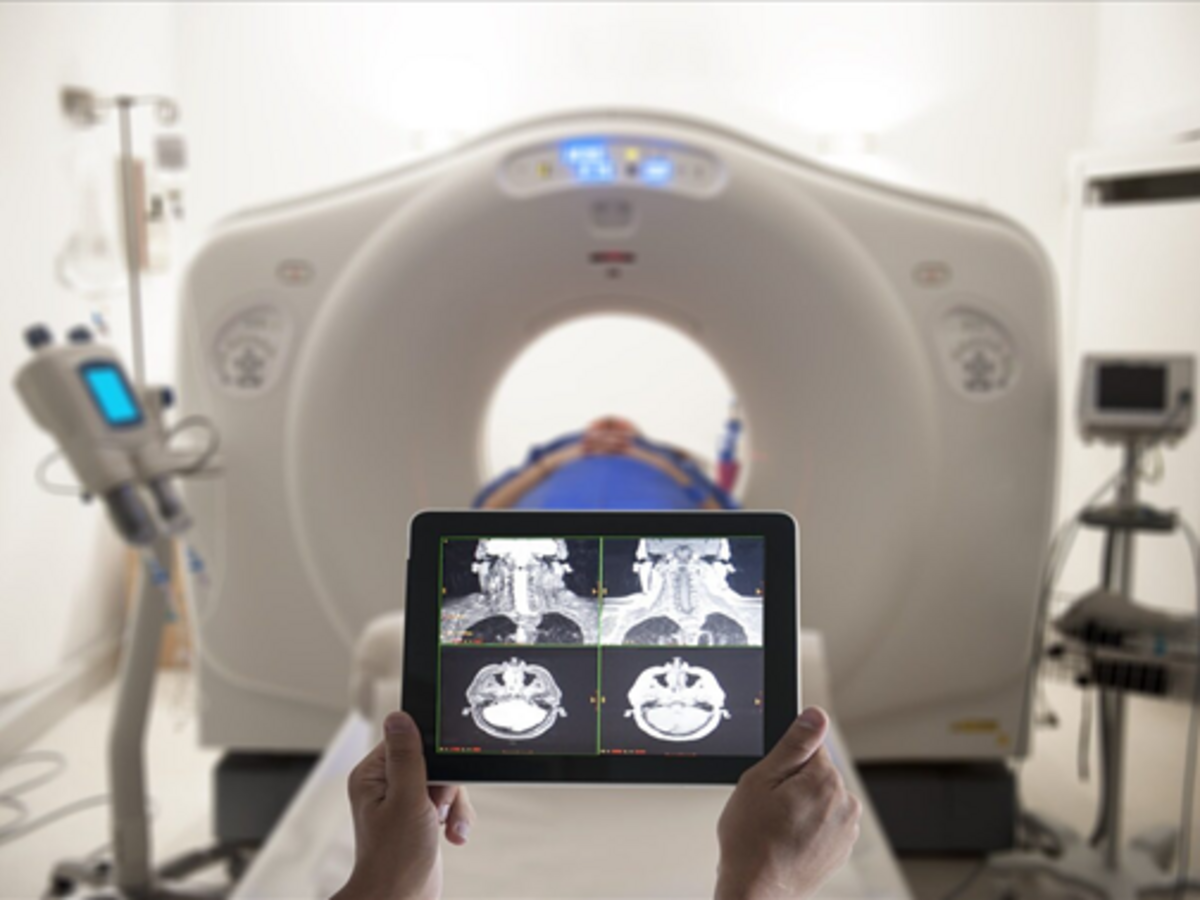June 21, 2024
By Laura Birmingham and Amrutha Kumaran
Regardless of a medical product’s complexity, manufacturers have many considerations when it comes to applying human factors during development. Applying human factors to a whole system of medical products versus a singular product might seem even more intimidating. Furthermore, additional complexities might emerge when applying human factors to a system of products where all products or components are new and require regulatory submission (a “new” system), as compared to a system with at least one new product designed to be used with one or more existing products on the market (a “mixed” system). For example, the application of human factors might vary for a new infusion pump system that includes a large volume infusion pump with a dedicated IV set and drug library, versus an insulin management system that combines a newly developed “smart tracker” attachment and new smartphone app with a pre-existing pen-injector. Each component of these systems presents its own set of tasks and risks, which might further evolve as they interface with one another in a larger coordinated system. Below, we outline various considerations when applying human factors to these systems, including: developing task and risk analyses, conducting usability testing and creating documentation.
Developing human factors task and risk analyses
As with any other medical product, the task and risk analyses are key documents for a system of medical products. Creating these documents is an iterative process running in parallel to product development and usability testing activities.
For completely “new” systems, you should thoroughly document tasks, risks and mitigations for each component of the system as you would for any other single medical product, while keeping in mind tasks related to interaction points among the system components. Conversely, for “mixed” systems, it might be unnecessary to analyze components that have already successfully undergone validation. Rather, prioritize analyzing any new components and new tasks, while also thinking about how both previously validated and new components impact or mitigate against each others’ potential use errors.
Regardless of the type of system, task and risk analyses should capture how errors and risks can propagate across the system of products and avoid focusing on each component of the system in isolation.
Conducting usability testing
When it comes to evaluating systems during formative usability tests, the differences in evaluating a single medical product versus systems of products might be fairly similar. Regardless of whether you’re assessing a single product or a system of products, the formative evaluation process should always be iterative, and you can adjust the scope as needed depending on the focus throughout product development. But, as with developing task and risk analyses, be sure that at least one or more formative evaluations focus on the system as a whole and the product interactions, rather than only evaluating each component in isolation. Finally, for a “mixed” system, consider focusing formatives only on those components that you will ultimately be validating. You might exclude any components that are already on the market while still assessing their interaction points with the existing components.
For HF validation testing, as usual, evaluate all critical tasks as identified within the use-related risk analysis. For a “new” system, this means evaluating all critical tasks for all components, For a “mixed” system, you will likely focus only on critical tasks for any new components and critical tasks related to any interaction points between the new components and system components that are already on the market.
Creating human factors documentation
Finally, you will want to consider how to present the system in your documentation, such as an HFE report. Should you create one HFE report for the full system or one HFE report for each system component? Here are a few considerations for making this decision:
-
For a completely new system with the same users and same submission timeline, one consolidated HFE report might be best.
-
If one system component has or might have a different submission timeline than the other components, separate HFE reports enable flexibility in submissions.
-
For a “mixed” system, the HFE report only needs to include the new products. But, as described earlier, ensure you describe how the on-the-market products fit into the system and their interaction points.
Regardless of your submission approach, make sure to maintain clear traceability within your documentation to provide a clear understanding of the interaction of all system components and demonstrate that all critical tasks were effectively assessed.
A system of products is likely to seem inherently more complex than a standalone product. Remember to focus not only on each component of the system, but also on how each component interacts with one another. Regardless of whether you are developing a fully new system or a “mixed” system, your development, documentation and evaluation efforts should focus primarily on the new components and new critical interactions. Finally, consider the ultimate development and submission plans when structuring any documentation. Developing separate documentation for one or more components might give greater flexibility for differing component timelines. However, ensure that there is clear traceability across and within documentation to understand how the system functions as a whole, and clearly delineate the evaluation of each critical aspect of the system.
Contact our team to learn more about applying HFE to medical devices as a system. Or, sign up for a complimentary account with OPUS, our team’s software platform that provides HFE training, tools, and templates.
Laura Birmingham is an Associate Research Director and Amrutha Kumaran is a Human Factors Specialist at Emergo by UL.
Request more information from our specialists
Thanks for your interest in our products and services. Let's collect some information so we can connect you with the right person.






